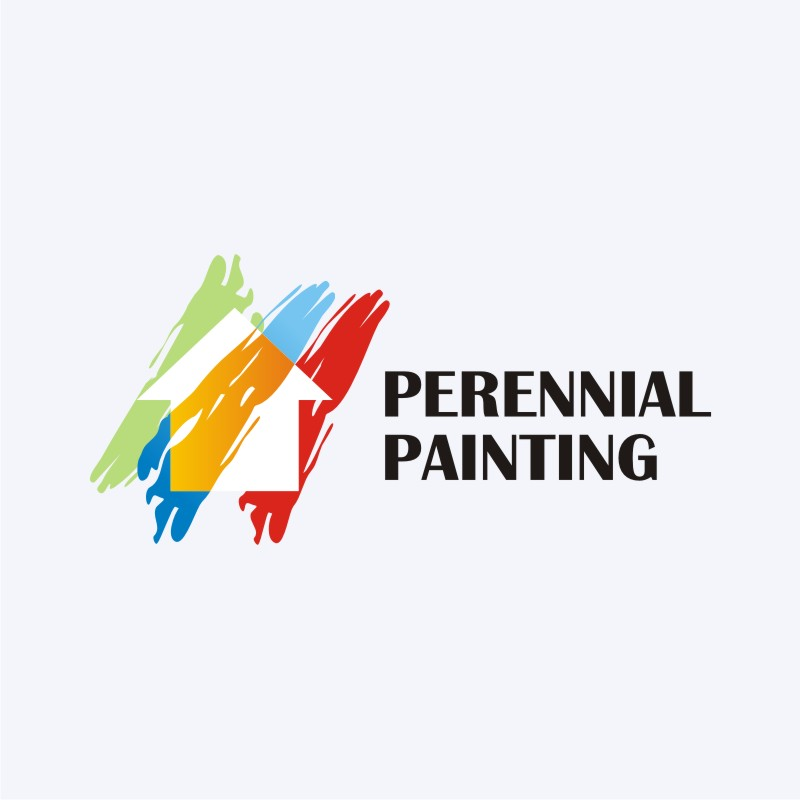Crucial Seasonal Aspects Of Commercial Exterior Paint: What You Need To Understand
Crucial Seasonal Aspects Of Commercial Exterior Paint: What You Need To Understand
Blog Article
Created By- minnetonka house staining
When you're preparing an industrial exterior painting task, seasonal factors can make or damage your results. You'll wish to consider just how temperature level and humidity influence paint application and drying times. Choosing the right period can ensure your paint sticks correctly and lasts much longer. However which seasons are truly the very best for this type of job? Allow's explore the key elements that can affect your project's success.
The Influence of Temperature on Paint Application
When you're preparing a commercial exterior painting task, the temperature can dramatically impact how well the paint sticks and dries.
Preferably, you want to repaint when temperatures vary in between 50 ° F and 85 ° F. If a knockout post 's too cold, the paint may not cure correctly, causing issues like peeling off or fracturing.
On the other hand, if it's also warm, the paint can dry also swiftly, preventing correct adhesion and resulting in an unequal surface.
You should also take into consideration the moment of day; early morning or late afternoon supplies cooler temperature levels, which can be a lot more favorable.
Constantly inspect the maker's suggestions for the details paint you're making use of, as they commonly give support on the optimal temperature level range for optimal outcomes.
Moisture and Its Effect on Drying Times
Temperature isn't the only environmental element that influences your commercial outside paint job; moisture plays a considerable function as well. High humidity levels can slow down drying times considerably, affecting the overall quality of your paint task.
When the air is filled with dampness, the paint takes longer to heal, which can cause problems like bad attachment and a greater danger of mildew development. If you're repainting on a particularly damp day, be planned for extended wait times in between coats.
It's essential to check regional weather conditions and strategy appropriately. Ideally, aim for moisture degrees between 40% and 70% for optimum drying.
Maintaining these factors in mind ensures your job remains on track and supplies a long-term coating.
Best Seasons for Commercial Outside Painting Projects
What's the best season for your commercial exterior paint projects?
Spring and early fall are normally your best options. Throughout these periods, temperature levels are mild, and humidity levels are frequently reduced, developing optimal problems for paint application and drying.
Prevent summer season's intense heat, which can create paint to completely dry too swiftly, resulting in bad bond and surface. In a similar way, winter months's cool temperature levels can prevent proper drying and curing, running the risk of the durability of your paint work.
Go for days with temperatures in between 50 ° F and 85 ° F for optimal outcomes. Remember to check the regional weather prediction for rainfall, as damp problems can wreck your job.
Preparation around these aspects ensures your paint project runs smoothly and lasts longer.
Conclusion
In conclusion, preparing your commercial external paint projects around seasonal considerations can make a substantial distinction in the outcome. By scheduling work during the suitable temperature levels and humidity degrees, you'll ensure far better bond and drying out times. Keep in mind to watch on regional weather report and select the right time of year-- spring and very early loss are your best options. Taking these steps will certainly assist you achieve a long lasting and expert coating that lasts.
